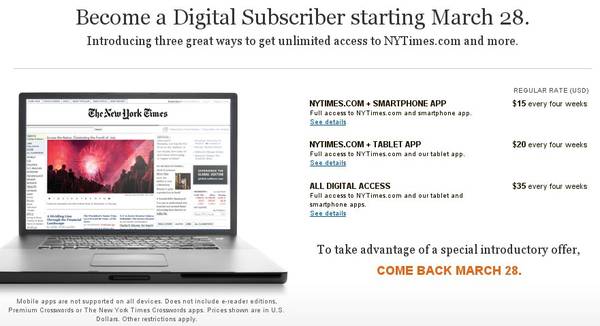The unravelling disaster in Japan has seen record online traffic and a hike in TV audiences.
A spokesman for BBC News told Journalism.co.uk that there were 15.9 million unique users on the site last Friday (11 February), an all-time record – beating the previous best, election results day, which saw 11.4 million unique users.
There were 9.5 million page impressions for the main story, and 6.1 million for the live text page.
And this very visual story saw record video views too. The BBC News site had more than six million hits on its live video stream on Friday and seven million unique users of video, compared to a previous high of 2.7 million, for video views on the day of the general election.
The BBC News website also had a record weekend in terms of web traffic, with 10 million unique users on Saturday, and nearly eight million on Sunday.


CNN is also reporting a large increase in traffic. In a release, CNN Digital said between Friday and Sunday, CNN.com had 264 million global page views and 87 million global video streams.
The network said more CNN.com video was watched in those three days than during the previous 30 days.
Sky News said by 4.30pm on Friday, page impressions had more than doubled – to nearly five million – and unique users had also doubled.
Channel 4 has told Journalism.co.uk that it had trebled its usual web traffic on Sunday.

 TV News
TV News
Bloomberg Television claims to be the first cable news network to report the quake, six minutes after the record tremor.
All the TV news providers we have spoken to have reported above average ratings for the subsequent days. On Friday, Sky News had one of its 10 largest audience days ever, with only the Iraq war having a higher daily reach. The BBC had an audience of almost six million to its 10pm news programme on BBC 1 on Sunday; ITV had almost five million viewers to a special report on Friday night while Channel 4 News had 1.5 million viewers on Saturday.
The BBC told Journalism.co.uk it had 5.7 million viewers to Friday’s 6pm news on BBC 1 and 5.3 million viewers to the 10pm bulletin when average ratings are 4.3 million and 4.8 million respectively. ITV News had 4.6 million viewers of its 6.30pm news programme on Friday, a 700,000 increase on its average audience of 3.9 million and an audience of 2.9 million for Friday’s News at Ten, up from an average of 2.5 million viewers. Channel 4 News said that its special report on Friday night had 1.3 million viewers, rising to 1.5 million on Saturday.
Social Media
And of course social media is rife with mentions of ‘quake’, ‘tsunami’ and ‘nuclear’.
In the hour that followed the quake on Friday, Tweet-o-Meter reported 1,200 tweets a minute coming out of Japan. And at the time of writing (Wednesday lunchtime), tweets from Tokyo are again peaking the Tweet-o-Meter scale at 1,200 a minute. In a release, CNN has reported that its breaking news account on Twitter acquired followers at a rate of 10 times greater than average and now totals more than four million followers.
Facebook users were also discussing and sharing first hand knowledge of the quake. BBC News created this map based on mentions of key words in status updates.
And, of course, people have been flocking to see user generated and videos from the news channels on YouTube. This dramatic footage from Russia Today has clocked up more than 10 million hits. Meanwhile, Channel 4 has had 200,000 views on this video of Krishnan Guru-Murthy with before and after tsunami shots and ITN Productions is reporting record views of the ITN News Channel on YouTube.




